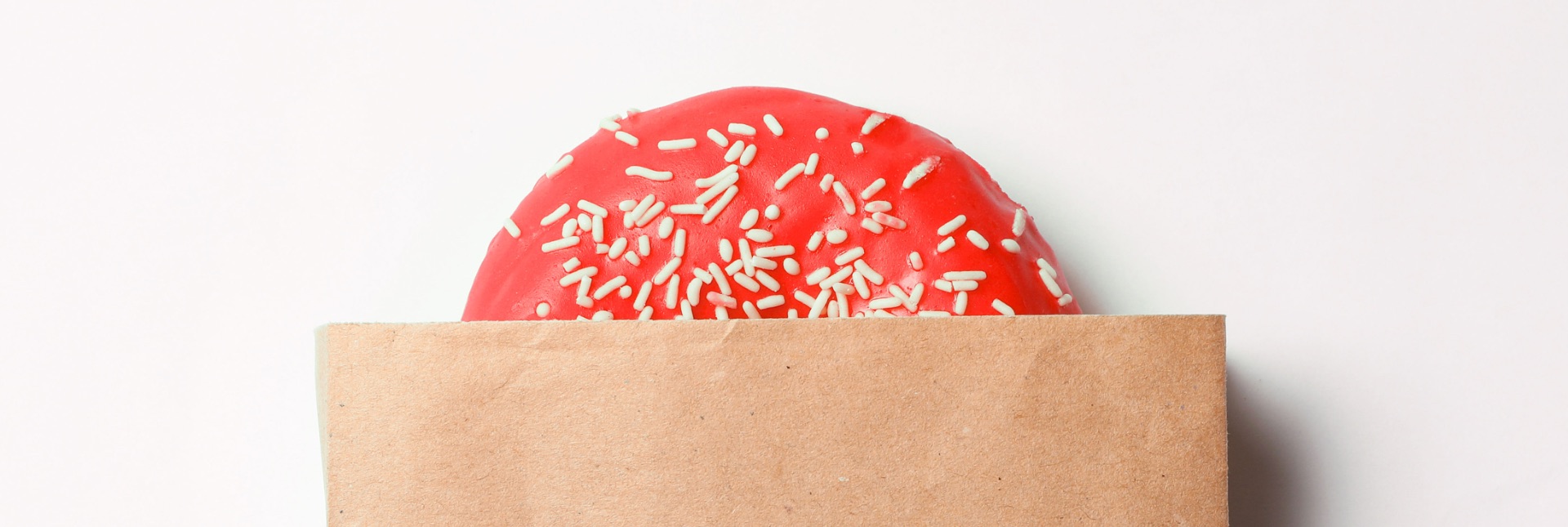Sustainability
How Sustainable Packaging Is Disrupting CPG
By Stephen Marshman

Retailers, consumers and lawmakers all have a vital part to play if we are to make truly transformational changes in packaging sustainability that will have a lasting positive impact on our planet.
Sustainability has become a topic that no one can or should ignore. But this is not a new issue. From a packaging perspective, there has long been a drive to design and introduce materials and structures that are kinder to our planet.
What has felt different over the last 18 months is the urgency with which the subject is being discussed. This is due, in no small part, to what we might call the “Attenborough” effect; a high-profile figure elevating the issue to a new level in the public’s consciousness through the emotive imagery of our oceans choking in plastic.
Some would argue that there is an oversimplification in the primary message that most audiences have inferred: “all plastic is bad”. And while this might be misleading and even unhelpful, few would dispute that placing environmental concerns over packaging waste at the top of the agenda is a bad thing.
One question that needs to be simplified is exactly who owns this particular agenda item? Of course, the correct answer is that brand-owners, retailers, governments and consumers have a collective responsibility to protect our planet. And we can see changes on all fronts.
Consumer packaged goods companies create and refine their 2025 sustainability pledges. Retailers draw up preferred materials guidelines. New generations of consumers have higher than ever expectations with regard to the sustainability of the packaging that protects the goods they buy. Governments look to update the legislative framework and provide more funding to support waste and recycling initiatives.
Few would dispute that any of these efforts are well-intentioned but there any many who would argue that none of these groups are doing enough and that the overall approach needs to be more cohesive.
Below, we’ve outlined four sub-themes related to the sustainable packaging conversation and amplifying the importance of partnerships in order to succeed.
Say It (Or Do It) Like You Mean It.
For far too long, the approach to sustainability from many companies has smacked of tokenism, rather than a genuine effort to bring about meaningful change. For some big packaging producers, historically this has taken the form of treating environmental programs as box-ticking exercises, or they’ve been guilty of “greenwashing”—exaggerating or misrepresenting the environmental benefits of your organisation’s products or practices.
More well-informed consumers are increasingly attuned to these misleading approaches and the negative publicity can be damaging. Sustainable packaging programs are no longer just a “nice to have”—it’s time to get real.
Fact Over Fiction.
While we acknowledge that sustainability is being talked about more widely than ever before, it doesn’t necessarily follow that there is more clarity on exactly what we need to do. Even a high-profile impact like that achieved by the Blue Planet docuseries can add to the confusion, rather than simplifying the issue.
Though not by design, the overwhelming takeaway message seized upon by many who viewed these documentaries would have been that plastic, as a packaging material, is universally bad for our planet.
While no one refutes that certain plastics undoubtedly need to be removed from the supply chain, in many cases plastic will provide a packaging solution with an overall environmental impact that is less damaging to the planet than other materials.
This oversimplified binary view of packaging materials regards alternatives, such as aluminium and glass, as universally good, which, when considering the overall environmental impact, is not always the case. The underlying message is that as both producers and consumers we need to be better informed.
To Fix It, You Might Have to Break It.
Closely linked to practices like greenwashing, is the idea that we might make incremental changes that will bring about an end to the global environmental crisis. This view is starting to sound outdated and we will need to think far more radically in order to amplify meaningful change.
There needs to be a more disruptive approach. In packaging terms, this means going beyond just trying to recycle our way out of the problem. We need to think about new models that not only recycle packaging more efficiently, reduce material usage and reuse packaging but potentially eliminate the need for traditional packaging formats altogether. This is one such model from Loop, whose at-home delivery service is specifically designed around eliminating packaging and the use of reusable containers.
Tomorrow People.
Loop represents a different type of consumer experience. Not only is the bricks-and-mortar store eliminated but in many cases the product packaging has gone too. To deliver solutions that are going to amplify meaningful sustainability targets and still retain and grow brand loyalty, packaging producers need to think themselves into the heads of generations of shoppers who will buy very differently.
This is about more than developing an effective e-commerce strategy. As important as that might be, technology will continue to evolve and can play a vital role in providing new approaches of marketing and delivering products to new generations of consumers in ways that protect their planet. Early engagement with these growing demographics is imperative.
So, how can it be done?
There is no doubt, we are stronger together. It will be almost impossible to step-up sustainability efforts to the levels they are needed if all parties don’t work in partnership.
Players across the packaging value chain, from design (strategic and structural) through to packaging producers and waste disposal specialists must collaborate with each other, and the conversation needs to engage more key groups as well.